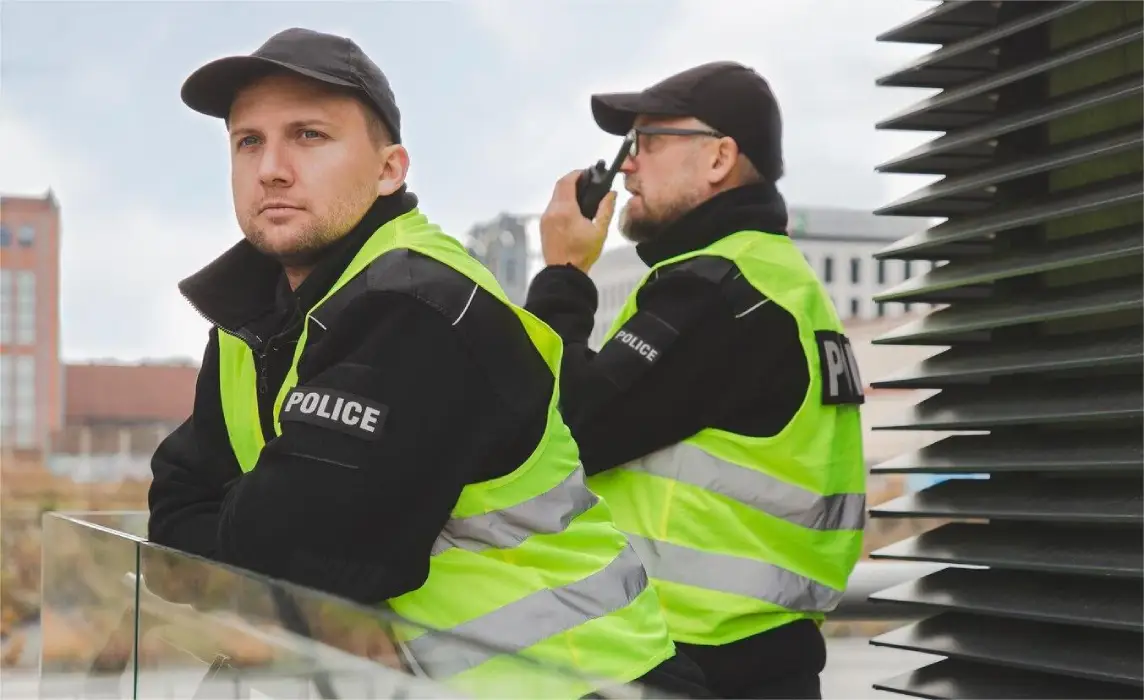
CCTV Licence If I Work in a Retail Supermarket
By London Security College Is Your Licence Near to Expire? SIA Refresher Training + First
Home » Retail Theft: Understanding and Preventing Loss in Stores
SIA Refresher Training + First Aid– Keep Your Licence Active! Only £199
Retail theft is a persistent issue that impacts businesses worldwide, leading to significant financial losses. In the UK alone, shoplifting and retail theft have surged, prompting retailers to seek effective prevention strategies. This blog will explore various facets of retail theft, including the role of law enforcement, prevention tactics, and the complexities of organised retail theft.
Yes, police do investigate shoplifting in the UK. However, the extent of their involvement often depends on the severity and frequency of the incidents. For minor thefts, the police may prioritise resources elsewhere due to limited workforce and budget constraints. Many retailers handle minor shoplifting internally, employ private security, and use civil recovery schemes to recoup losses. For repeat offenders or organised theft rings, police are more likely to be involved, conducting thorough investigations and working closely with retailers to gather evidence and prosecute offenders.
Preventing theft in a retail store requires a multi-faceted approach. Here are some effective strategies:
Retail theft takes me” refers to stealing merchandise from a retail store. “Mdse” is an abbreviation for merchandise. This term encompasses all stolen products by customers, employees, or organised theft rings. The loss of merchandise directly impacts the retailer’s bottom line and can also affect inventory management and supply chain logistics.
Employee theft can be a significant problem for retailers. Here are some ways to mitigate this risk:
Reducing theft requires continuous effort and the integration of various strategies:
Several factors contribute to high retail theft rates:
Theft can occur in various parts of the store, but some areas are more prone to incidents:
Organised retail theft (ORT) involves groups systematically stealing large quantities of merchandise from retail stores to resell them. These groups are often highly coordinated and use sophisticated methods to avoid detection. ORT can lead to significant financial losses for retailers and contribute to a broader network of illegal activities. Combatting ORT requires cooperation between retailers, law enforcement, and legal systems to track and dismantle these operations effectively.
By understanding the various aspects of retail theft and implementing comprehensive prevention strategies, retailers can significantly reduce losses and create a safer shopping environment for employees and customers.

By London Security College Is Your Licence Near to Expire? SIA Refresher Training + First

By London Security College Is Your Licence Near to Expire? SIA Refresher Training + First

By London Security College Is Your Licence Near to Expire? SIA Refresher Training + First

By London Security College Is Your Licence Near to Expire? SIA Refresher Training + First
London| Birmingham| Manchester | Leeds | Glasgow | Sheffield
London Security College is the leading supplier of SIA Licence courses in London. We excel in SIA Courses such as SIA Door Supervisor Course, SIA Top Up Training, SIA CCTV Surveillance Course, First Aid Courses, Traffic Marshal Banksman Course Online, and Forklift Training Course.
“It is impossible for a man to learn what he thinks he already knows”
London Security College
International House,
24 Holborn Viaduct,
London, EC1A 2BN
020 8050 4108
Copyright © LONDON SECURITY COLLEGE is a training and hiring platform

Fill in the form below
2 thoughts on “Retail Theft: Understanding and Preventing Loss in Stores”
How can stores improve their layout to minimize theft opportunities?
Helpful information for security professionals.